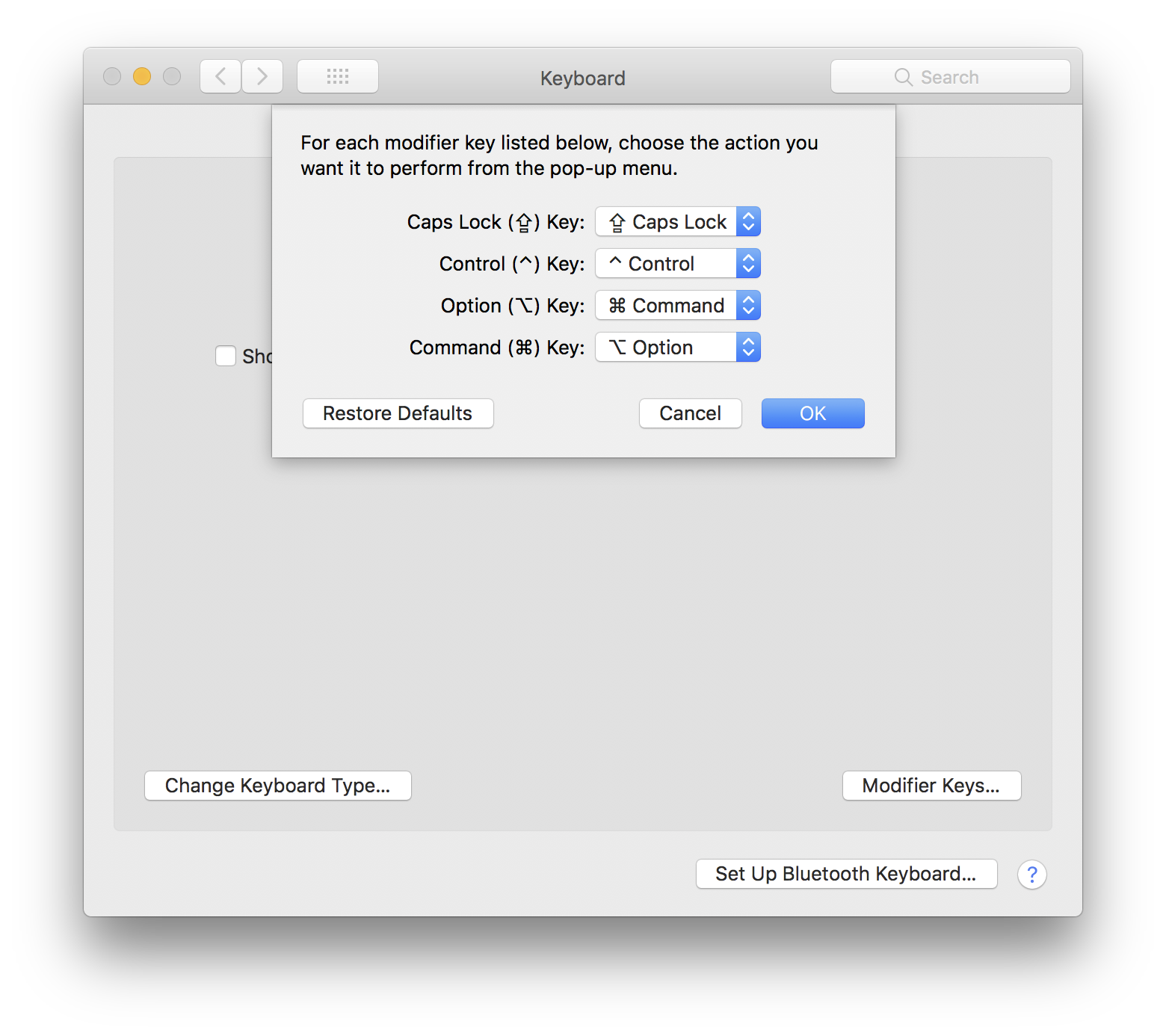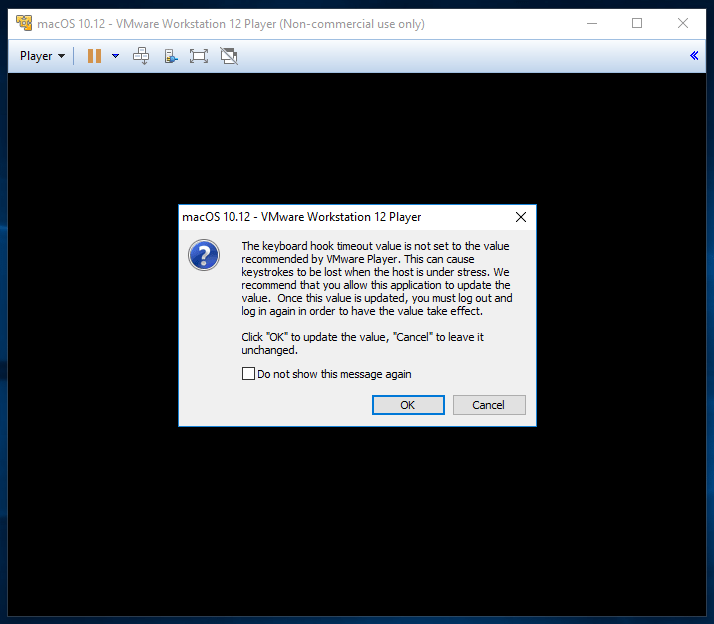

The best way of going about this is changing your kernel commandline boot options, which you do by editing your bootloader’s configuration files. Once you’ve enabled these features, you need to tell Linux to use them, as well as what PCI devices to reserve for your vm. These features are usually titled something like “virtualization support” “VT-x” or “SVM” - IOMMU is usually labelled “VT-d” or “AMD-Vi” if not just “IOMMU support.”

The exact name and locations varies by vendor and motherboard. Provided you have hardware that supports this process, it should be relatively straightforward.įirst, you want to enable virtualization extensions and IOMMU in your uefi. Vega and Fiji seem especially susceptible)
#MZC OS X VM KEYBOARD MAC OS#
300 series cards may also have Mac OS specific compatibility issues. A card without the Reset Bug (Anything older than Hawaii is bug free but it’s a total crap-shoot on any newer card.AMD’s refresh cycle makes this a bit more complicated to work out, but generally pitcairn chips and newer work fine - check your card’s bios for “UEFI Support” on techpowerup to confirm. A google search to make sure your card is compatible with Mac OS on Macs/hackintoshes without patching or flashing.Cards older than the 700 series may not have UEFI support, making them incompatible. High Sierra works up to 10 series cards, but Mojave ends support for 9, 10, 20 and all future Nvidia GPUs. A second discrete GPU (HEDT and F-sku CPUs only).

Mainstream and budget chipsets only, HEDT unaffected.)
#MZC OS X VM KEYBOARD PATCH#
#MZC OS X VM KEYBOARD INSTALL#

The vast majority of laptops are completely incompatible with passthrough on Mac OS. If you’ve arrived here without context, check out part one of the guide here. With that out of the way, let’s talk about what you need to get 3D acceleration up and running: If you find glaring errors or have suggestions to make the process easier, let us know on our discord. We’ve made every attempt to make this as straightforward as possible, but there’s a lot more ground to cover here than in the first part of the guide.


 0 kommentar(er)
0 kommentar(er)
